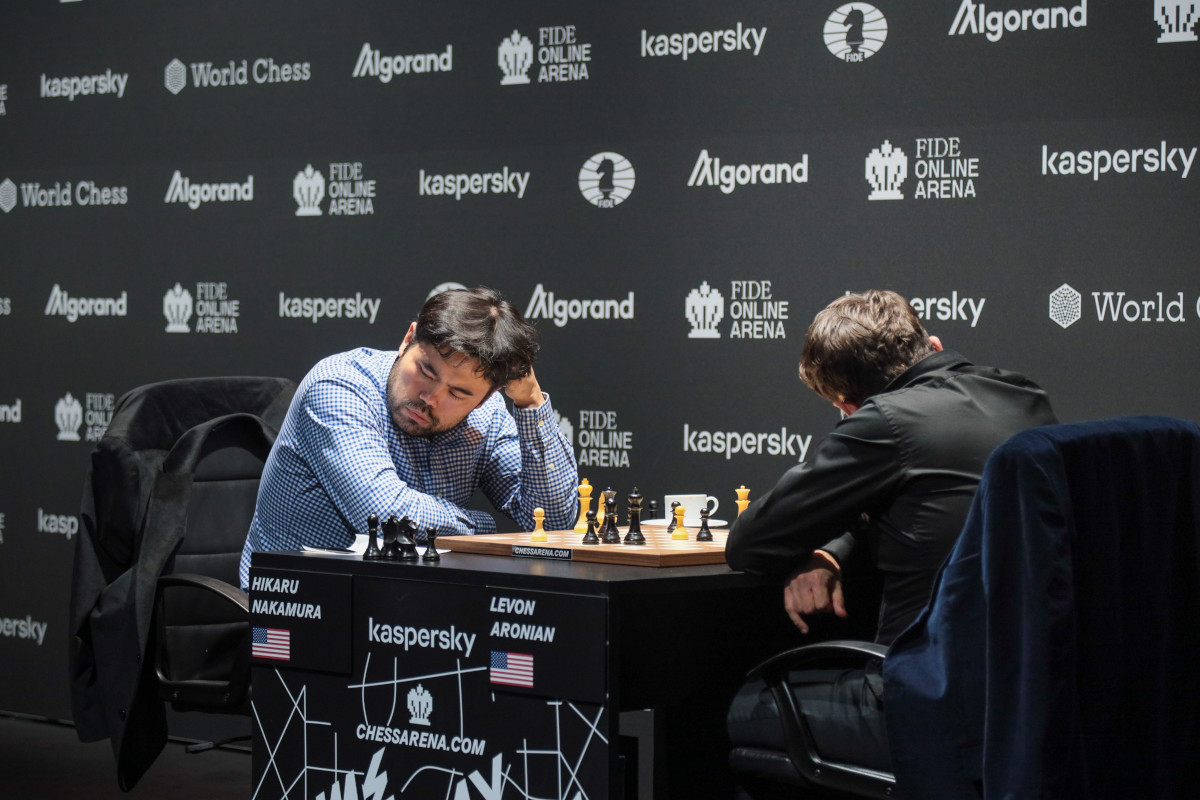Fighting chess
The first game of the final at the Berlin Grand Prix kicked off shortly after FIDE announced that Ding Liren will not participate in the second leg of the series in Belgrade. The Chinese star, currently ranked third in the world, could not make it to Berlin for the first leg of the series either. FIDE mentioned “insurmountable obstacles that prevent [Ding] from playing”, later noting that travel restrictions were the culprit for the Chinese’s absence:
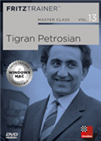 Considered a master of prophylaxis, Petrosian sensed dangers long before they actually became acute on the board. In his prime, Petrosian was almost invincible. Let our authors introduce you into the world of Tigran Petrosian.
Considered a master of prophylaxis, Petrosian sensed dangers long before they actually became acute on the board. In his prime, Petrosian was almost invincible. Let our authors introduce you into the world of Tigran Petrosian.
We are very sorry that the travel restrictions have impacted Ding’s career during the past two years so dramatically. We look forward to having him compete in the international circuit again as soon as possible.
While Dmitry Andreikin will be Ding’s replacement in Belgrade, neither of the first leg’s finalists will be playing in the second leg, as Hikaru Nakamura and Levon Aronian will return to Berlin to participate in the third event of the series at the end of March. In that event, they will be two of the four favourites to claim one of the two spots in the Candidates, joined of course by the finalists of the tournament in Serbia.
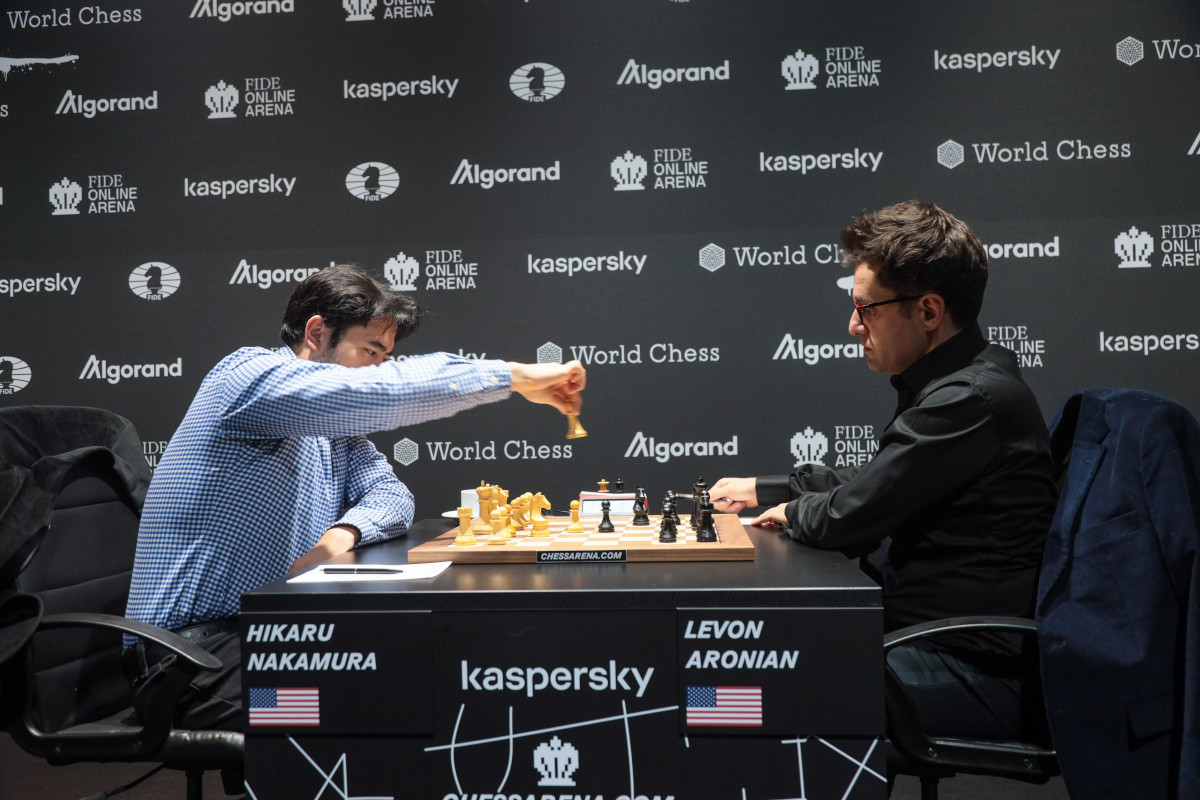
1.e4 e5 2.Nf3 Nc6 3.Bb5
In the first game of this leg’s final, Nakamura got the white pieces and was the first one to deviate from theory.
From this position, Parham Maghsoodloo had tried 12.Nd5 against Peter Svidler, in an exciting blitz game that ended in a draw two years ago. Nakamura spent 8 minutes before going for 12.Nh2, as he “tried to be creative” with this new plan. Aronian called this an “erroneous” idea, since he quickly got the upper hand with the black pieces.
A critical position was reached on move 20.
Nakamura needed almost 20 minutes to decide on 20.Bd5 here. Other alternatives in this highly strategical position are 20.Bxe6 and 20.Rb1. Aronian responded in kind, as he spent over 17 minutes on 20...Bxd5.
Both players were surely evaluating, among other things, the position that might arise after 21.exd5 Nc5, attacking the pawn on e3.
Engines here give 22.Qc4 as the best alternative for white, but Nakamura had prepared 22.Bh6, giving up a pawn. The five-time US champion later confessed to have been “a little bit confused” trying to deal with the complex middlegame, but also considered to have compensation for the pawn with his active pieces and the potential to get a passer on the queenside.
This is how the position looked once the dust settled after simplifications.
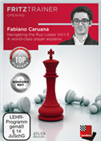 The Ruy Lopez is one of the oldest openings which continues to enjoy high popularity from club level to the absolute world top. In this video series, American super GM Fabiano Caruana, talking to IM Oliver Reeh, presents a complete repertoire for White.
The Ruy Lopez is one of the oldest openings which continues to enjoy high popularity from club level to the absolute world top. In this video series, American super GM Fabiano Caruana, talking to IM Oliver Reeh, presents a complete repertoire for White.
Black is a pawn up and is the one looking for a plan to fight for a win here, but as Aronian noted, this is the type of position in which “if you take too many risky decisions, you will fail”. Here, he went for 30...Qa7, when the computers suggest 30...Rc8, a move which was also being analysed by the commentators.
Soon the rooks were traded and Black pushed his pawns on the kingside. Suddenly, things began to look better and better for White.
In this tense position, Black can break in the centre with 35...e3 or first go for 35...h4, as Aronian played in the game. Note that Black needs to control the d4-square with his bishop and queen, as allowing the white knight to jump to that square at the very least would secure Nakamura a draw.
After 36.gxh4, Aronian needed to continue with 36...e3 to keep the initiative, while his 36...Kf7 turned out to be too slow. A few moves later it was Nakamura who was looking to provoke a mistake by his opponent to get a win.
White has a dangerous passer on the queenside and the more active queen, but in order to win he must avoid all sorts of potential perpetual checks. With the pawn already on a7, Aronian found an impressive plan to secure the draw.
48...b4 49.Qa2 b3 followed. White needs to protect the d2-square, so Nakamura played 50.Qa5 (50.Nxb3 was playable, but not as trying). Now Aronian continued with the cold-blooded 50...Qf3, allowing a second white queen to appear on the board after 51.a8Q.
Aronian had seen from afar that he had a perpetual check here with Qg1+ and Qe3+, and White’s pair of queens can do nothing to prevent it. Draw.
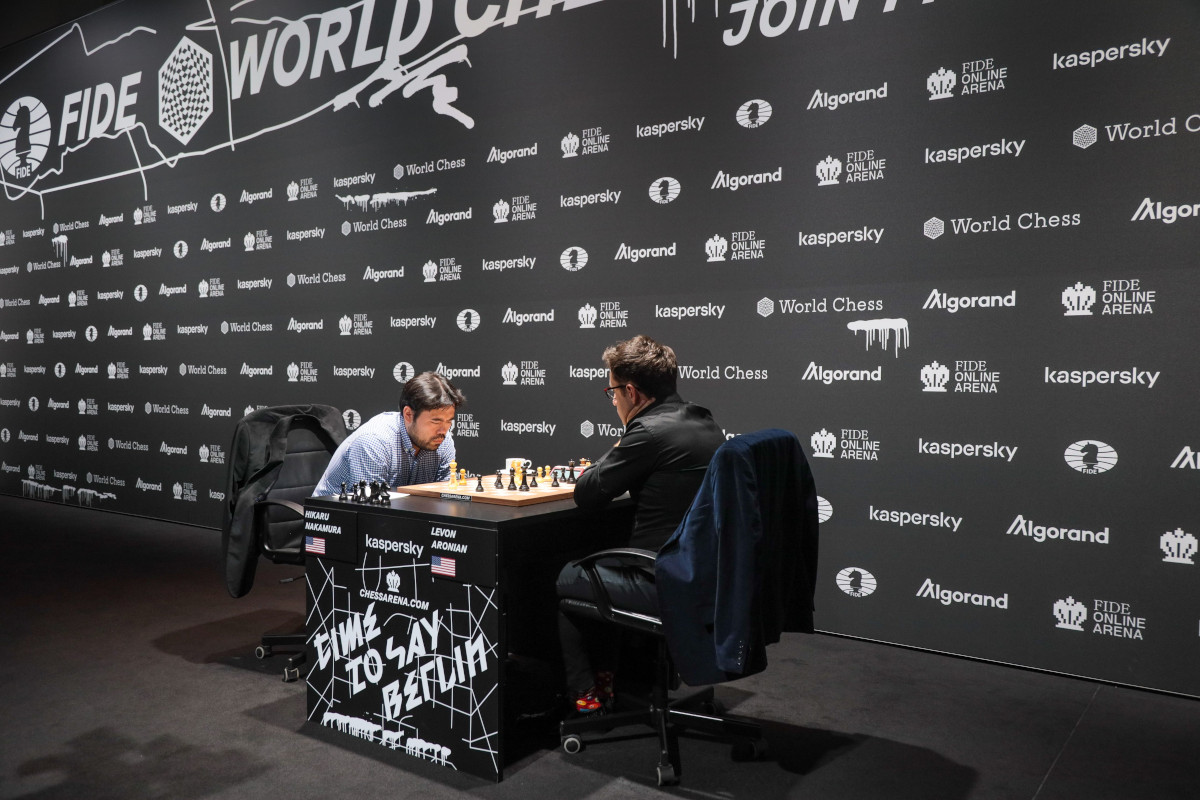
The two finalists have played fighting chess throughout the event
Links
